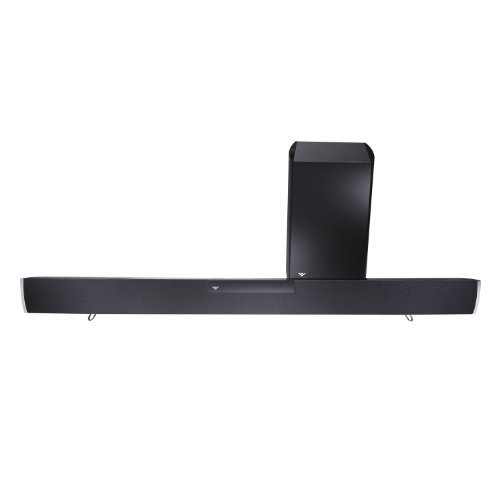Hdmi vs Dvi, what is the difference? Which one is better? Are Dvi and Hdmi compatible? And of course, given the choice, which one should you use? The differences (or lack there of) may surprise you. Lets take a look at each of them then rate the differences.
Digital optic Interface (Dvi) is a digital appropriate introduced in 1999 by the Digital Display Working Group (Ddwg). It is designed primarily for carrying uncompressed digital video data to a display. Originally the display was a computer monitor but Dvi is now generally used for television as well. One of the main areas of confusion with Dvi is the estimate of different connectors available, which rehearse different functionality. There are three main relationship types for Dvi, Dvi-D (digital only), Dvi-A (analog only) and Dvi-I (digital & analog).
High-Definition Multimedia Interface (Hdmi), released late in 2002, is an all-digital audio/video interface capable of transmitting uncompressed streams of data similar to Dvi. however Hdmi also provides the potential to carry audio signals, in expanding to video, as well as incorporating Hdcp, which is a Digital rights administration technology.
So what is the difference?
When finding at the differences in the middle of Hdmi and Dvi we find they categorically have more in tasteless then differences. They both sustain digital transmission; they also are based on similar specifications since Hdmi was derived from the Dvi specification. There are two big differences:
Hdmi incorporates content security called High Definition content security (Hdcp).
Hdmi supports audio in expanding to digital video. (Dvi only supports digital video)
Are Dvi and Hdmi compatible?
Is Hdmi compatible with Dvi? Since Dvi is the predecessor to Hdmi, Hdmi and Dvi are identical as far as video is concerned. Therefore, video backward compatibility exists. However, Dvi will not sustain digital audio. For example, if you have an older Dvi relationship on your source and a Hdmi connector on your display, a Hdmi to Dvi cable is all that is needed in order to view the video. A cut off audio cable (Toslink or Spdif) will be needed to carry the digital audio.
A Warning about Cable length
The Hdmi specification does not define a maximum cable length. Hdmi 1.3 defined two categories of cables: type 1 (standard or Hdtv) and type 2 (high-speed or greater than Hdtv) regardless, neither Hdmi or Dvi work well over distances greater then 15 feet. If you need a cable longer then 10 feet you will assuredly want to reconsider top potential cables. For anything greater then 15 feet, some fellowships offer amplifiers, equalizers and repeaters that can help bridge longer distances.
Which one should I use today?
If available, we advise Hdmi. This is not because it is any good then Dvi, only because the commerce will heavily push Hdmi due to the Hdcp Digital rights administration technology. however you should not expect any incompatibility when consuming from Dvi to Hdmi, therefore if you have Dvi already, stick with it until the next appropriate comes around. A puny off topic, but still of relevance is that you may be able to get similar potential video by using your existing Component connections. A tasteless misconception is that Component cannot carry Hdtv potential video, which is incorrect. Depending on the components in your ideas you may get the same or good performance with a Component relationship then with a Hdmi or Dvi connection.










